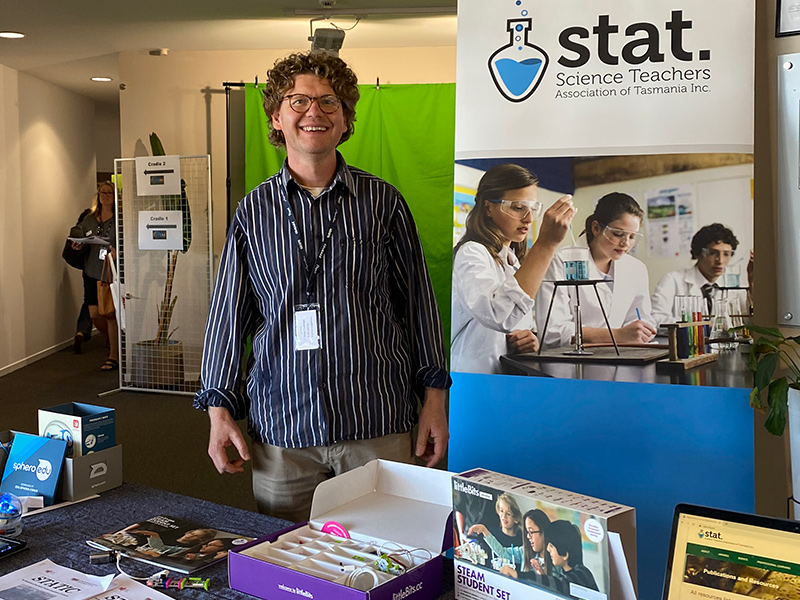
Bob Fletcher
NASA Citizen Scientist
Lutterworth Grammar School, Leicestershire, England
University of Tasmania: Master of Teaching
University of Sheffield: BSc (hons) Physical Geography and Zoology
I was attending a teaching program in Australia known as STEM X. It aims to grow teacher confidence in developing and promoting STEM (science, technology, engineering, and mathematics) teaching so that classrooms can have students engaged in inquiry-based learning and encourage creative thinking. Part of the trip was a visit to the NASA Canberra Deep Space Communication Complex. There, we heard from inspirational presenters, one of whom mentioned citizen science programs. I immediately thought this would be a great way to engage students in actual science at the cutting edge of knowledge. I later tried various Zooniverse-hosted projects, looking for examples I could use in the classroom. Of course, this also meant I was able to partake in lots of diverse projects, and I was hooked.
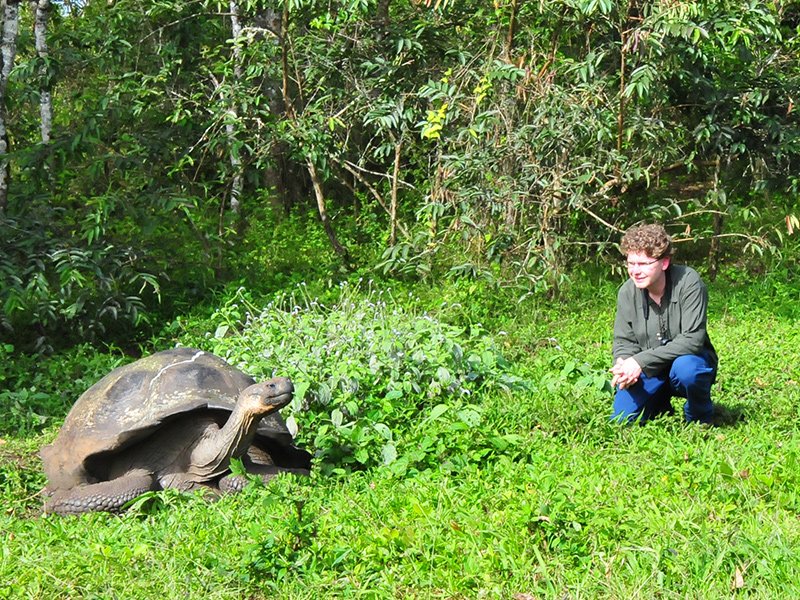
I am a science and math teacher, so I get to set fire to empty tea bags and fire marshmallows out of vacuum cleaners with primary students and arrange to connect secondary students to nuclear scientists and discuss black holes, the periodic table, and evolution on a daily basis. I actually get paid to do this!
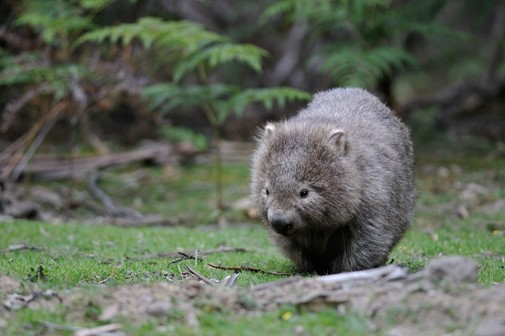
In my spare time, I enjoy photographing wildlife. Before the pandemic, I traveled regularly and widely to India, Nepal, Galápagos, the Amazon, and Central Australia, photographing everything from iguanas to owls and frogs to wombats.
I also enjoy photographing beautiful landscapes, particularly in Tasmania, with its magnificent wild forests and mountains and its spectacular coast.
I also love birdwatching, snorkeling, and astronomy, so my hobbies could potentially keep me up for 24 hours.
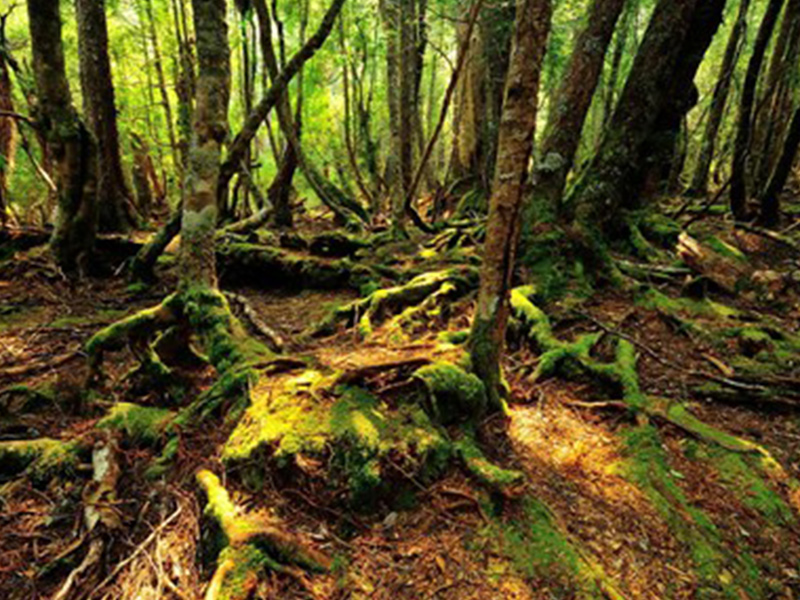
If that was not enough, I am married to my beautiful wife, Sarah, and have two children, Millie and Cameron, who love adventure, so family life is very important to me.
Having grown up in Scouting in England, I am also now a Scout leader for Sandford Cubs. Scouting deserves a special mention, given the number of astronauts with a scouting background!
Citizen science projects have enabled me to see the effort required in analyzing data in various forms. Science is always evidence-based, and this requires lots of information analysis. It takes a huge collaborative effort to build an adequate picture from this data and sift through to find what is worthwhile and interesting. During this process, I have learned new things myself, such as finding puzzling landforms on Mars. One of the many rewarding aspects of citizen science is to discover the curious, submit a question, and have a response from a scientist working on the project. This has deepened my knowledge and enabled me to feel more connected to the scientific community. I have also discovered that scientists actively working on projects communicate through a monumental amount of emails on a daily basis! This connection, therefore, represents a small part of the daily life of a scientist but is highly appreciated by me.
I was very lucky to discover the first brown dwarf in the Backyard Worlds: Planet 9's presentation of WISE (Wide-field Infrared Survey Explorer) data. A little while later, the paper “The First Brown Dwarf Discovered by the Backyard Worlds; Planet 9 Citizen Science Project” was published in The Astrophysical Journal Letters. The lead author of the paper, Dr. Marc Kuchner, was generous enough to involve me every step of the way after the initial discovery, through the drafts and up to the final publication. This included the exciting time awaiting confirmation from the telescope in Hawaii. My role was relatively small in the process, but nonetheless, for me, it is a proud moment and I am very grateful for the whole team who made this happen.
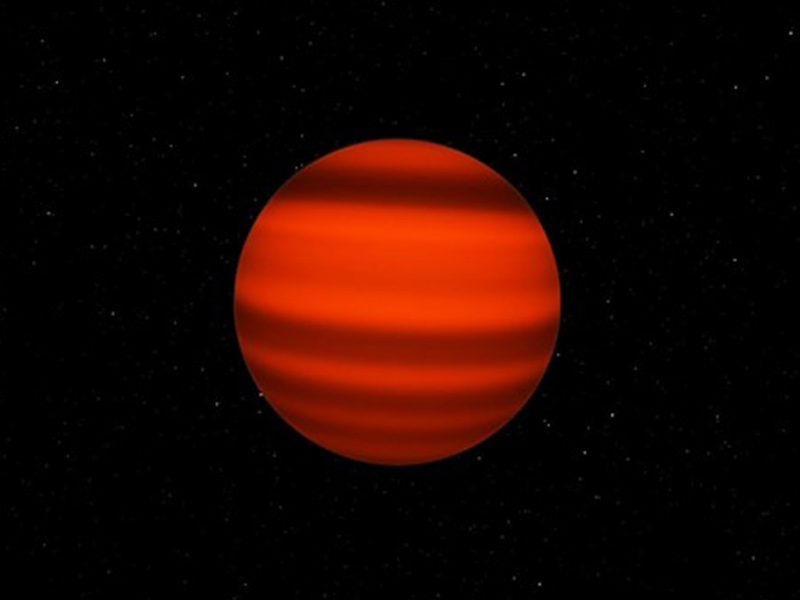
Regardless of whether you make a discovery yourself, your contribution is valuable. Through the project tutorials and field guides, you will learn a lot about a diverse range of scientific projects. So be patient and stick to it. I found allocating a specific amount of time, say one hour on a Tuesday evening, is enough to sift through a fair amount of data. The rewards are intrinsic, and you never know if something really exciting is just around the corner.
The team working on the Backyard Worlds: Planet 9 project has been fantastic, and it has given me a privileged insight into the workings of NASA research.
Have you been part of a peer-reviewed publication from a NASA citizen science project? If so, we'd love to share your profile! Get started here.
Visit the complete collection of NASA citizen science projects and start contributing today!
Planetary science is a global profession.

